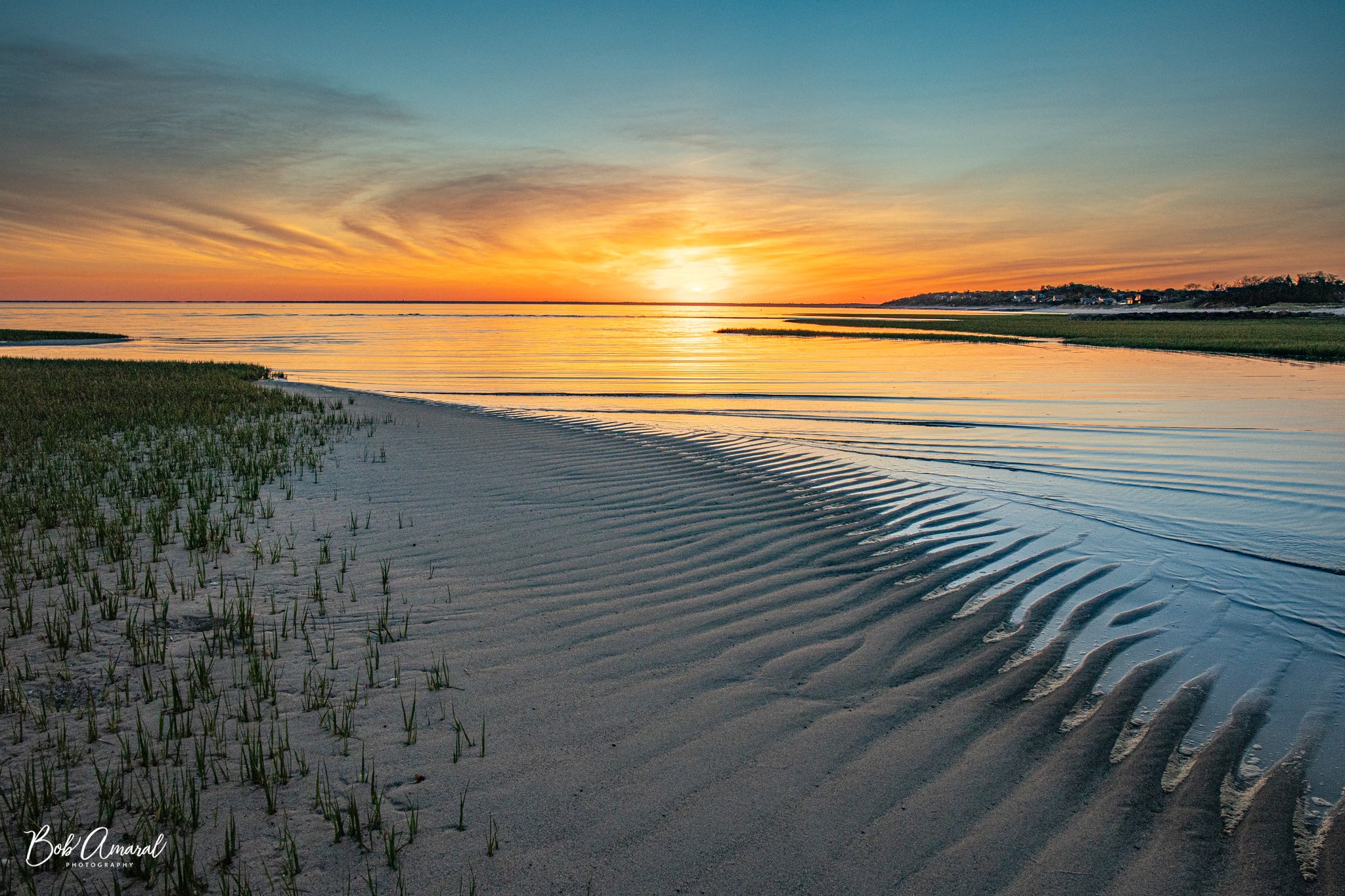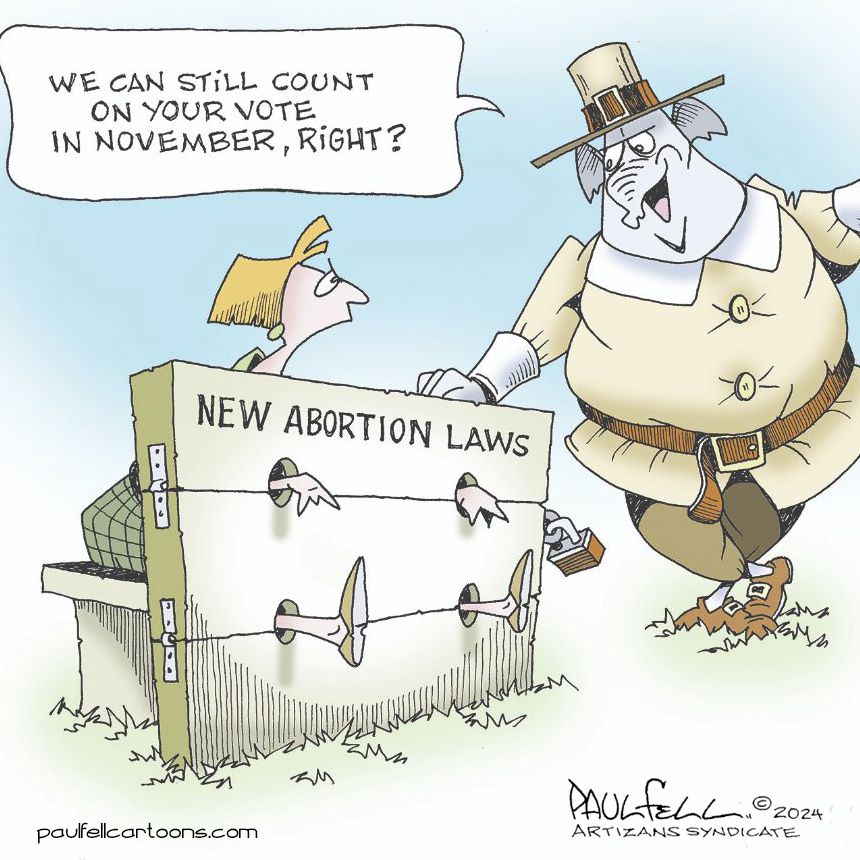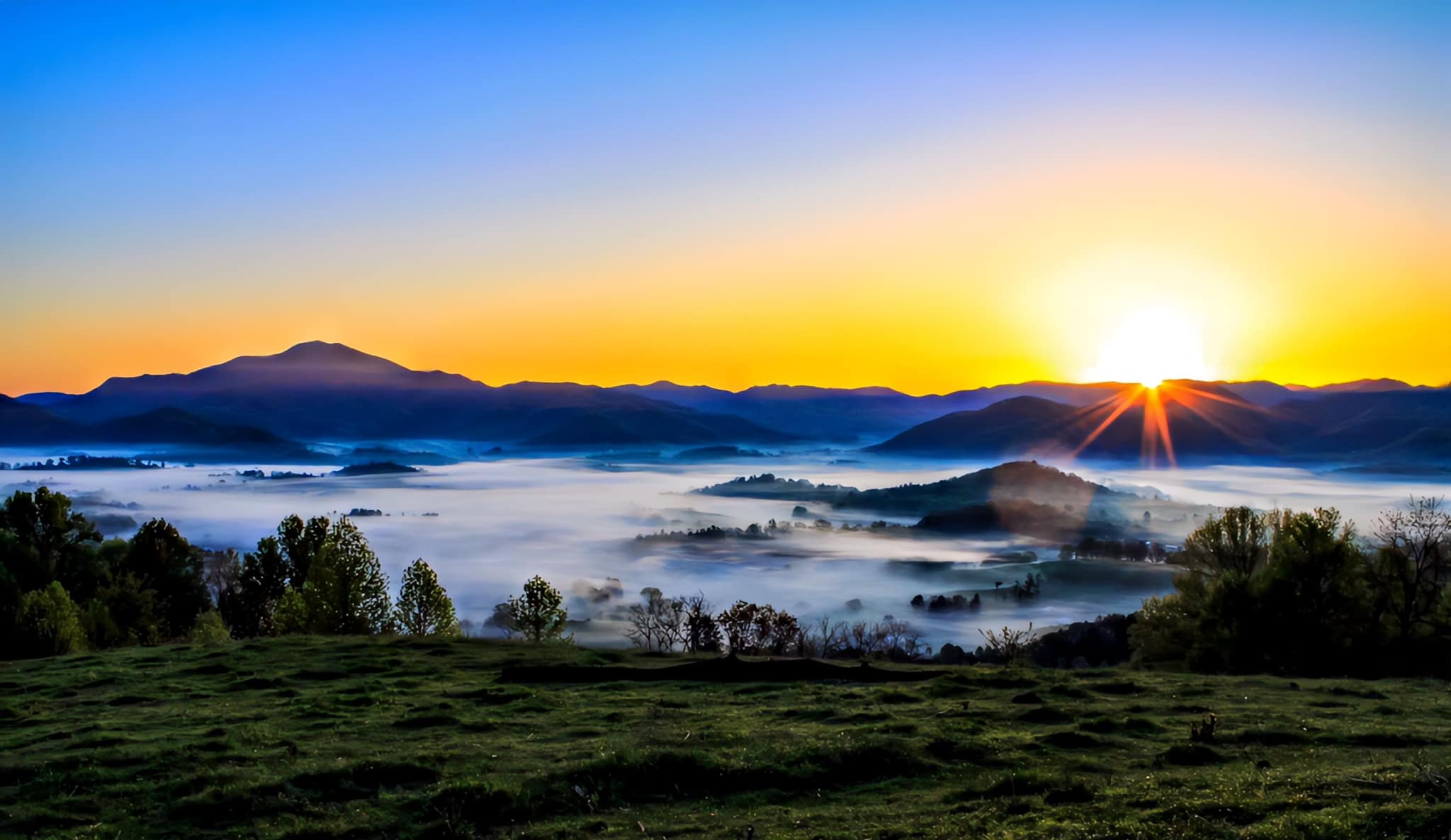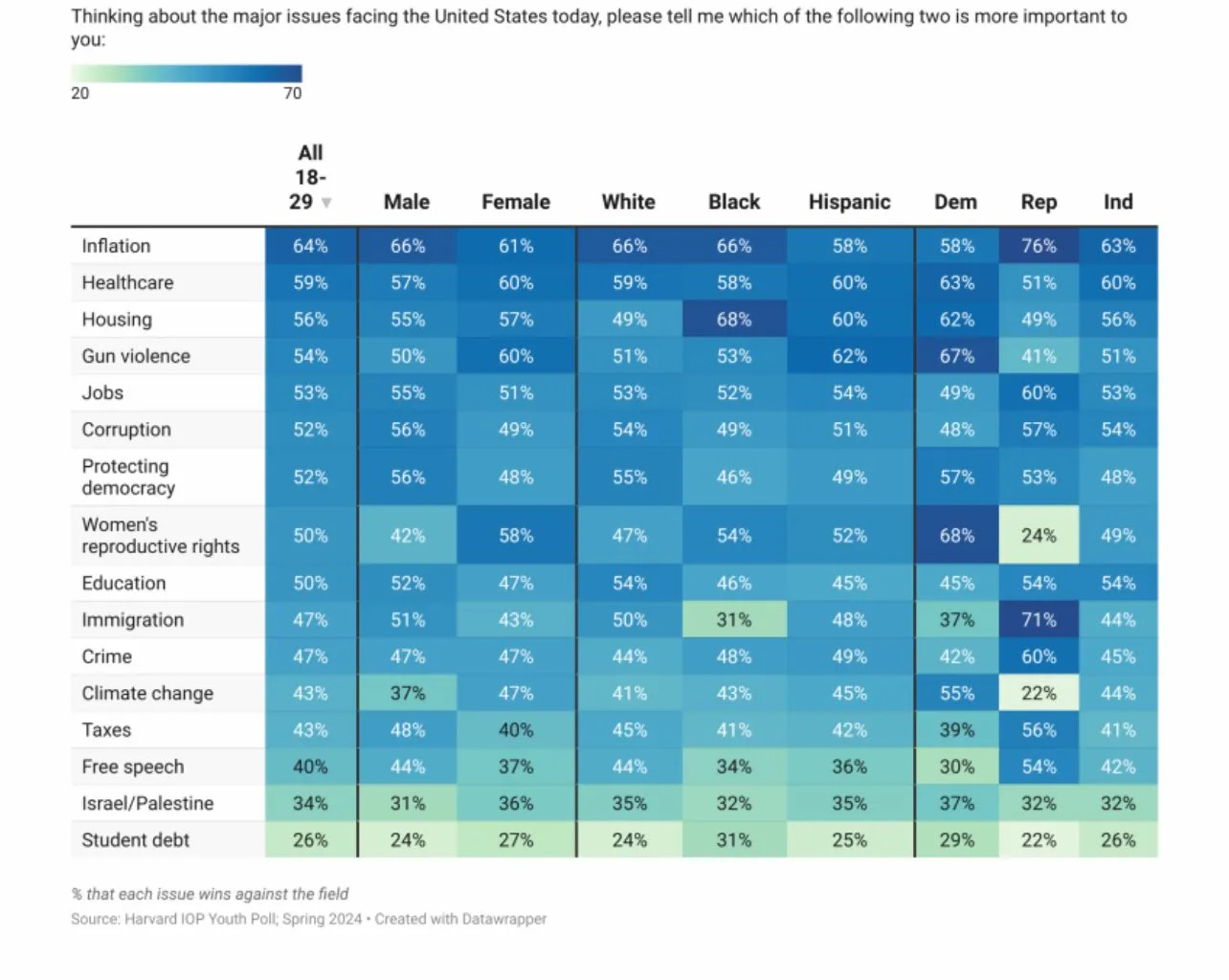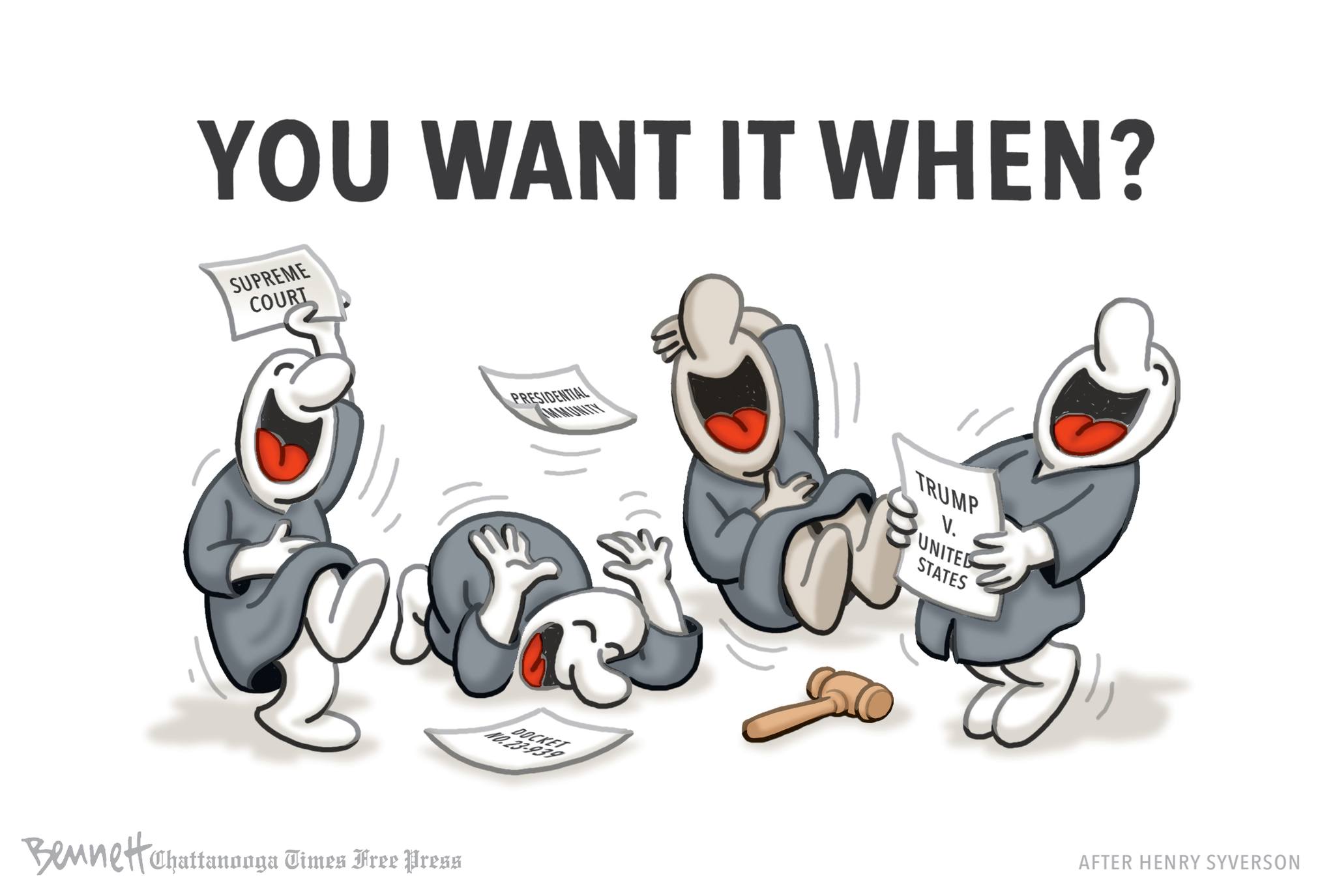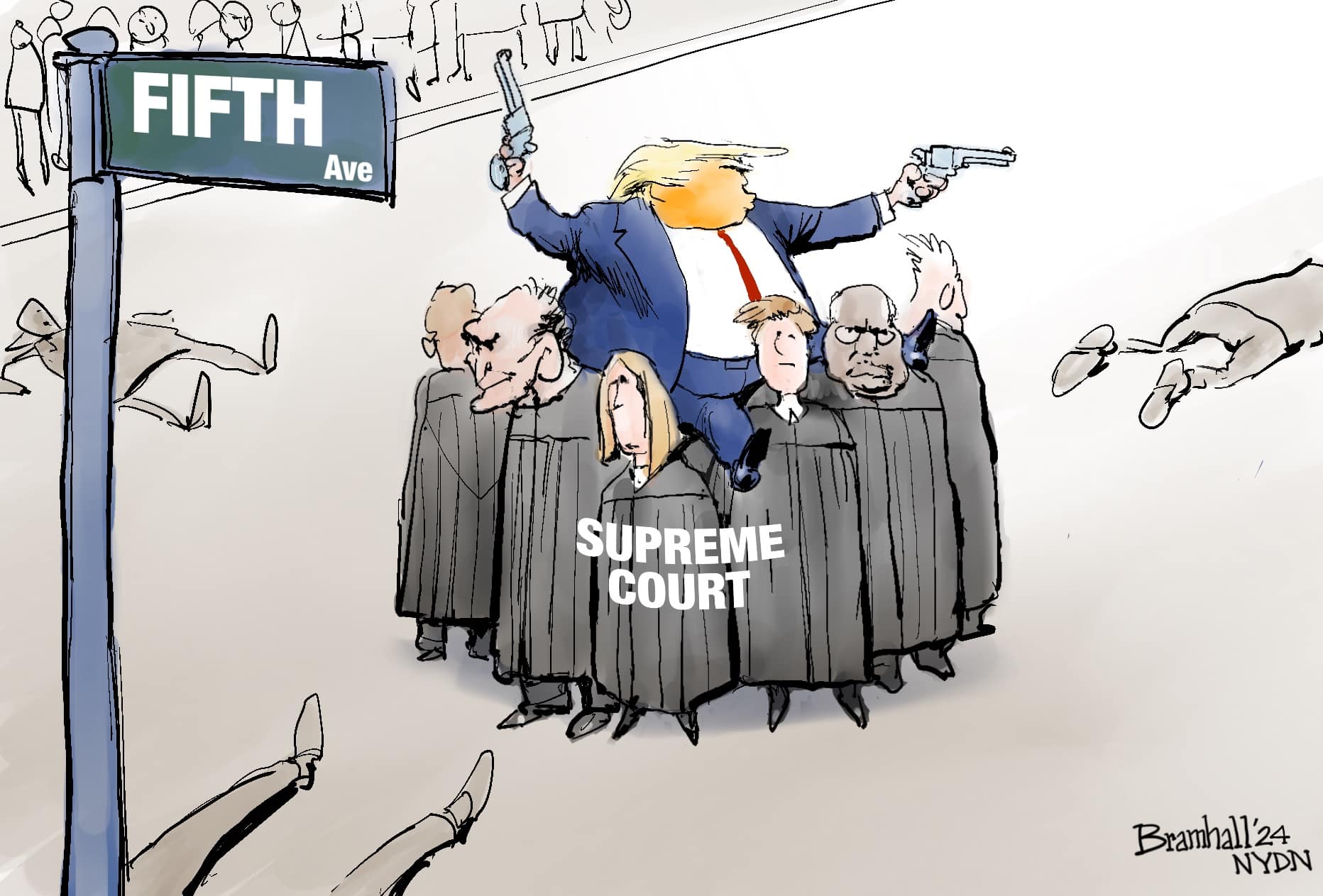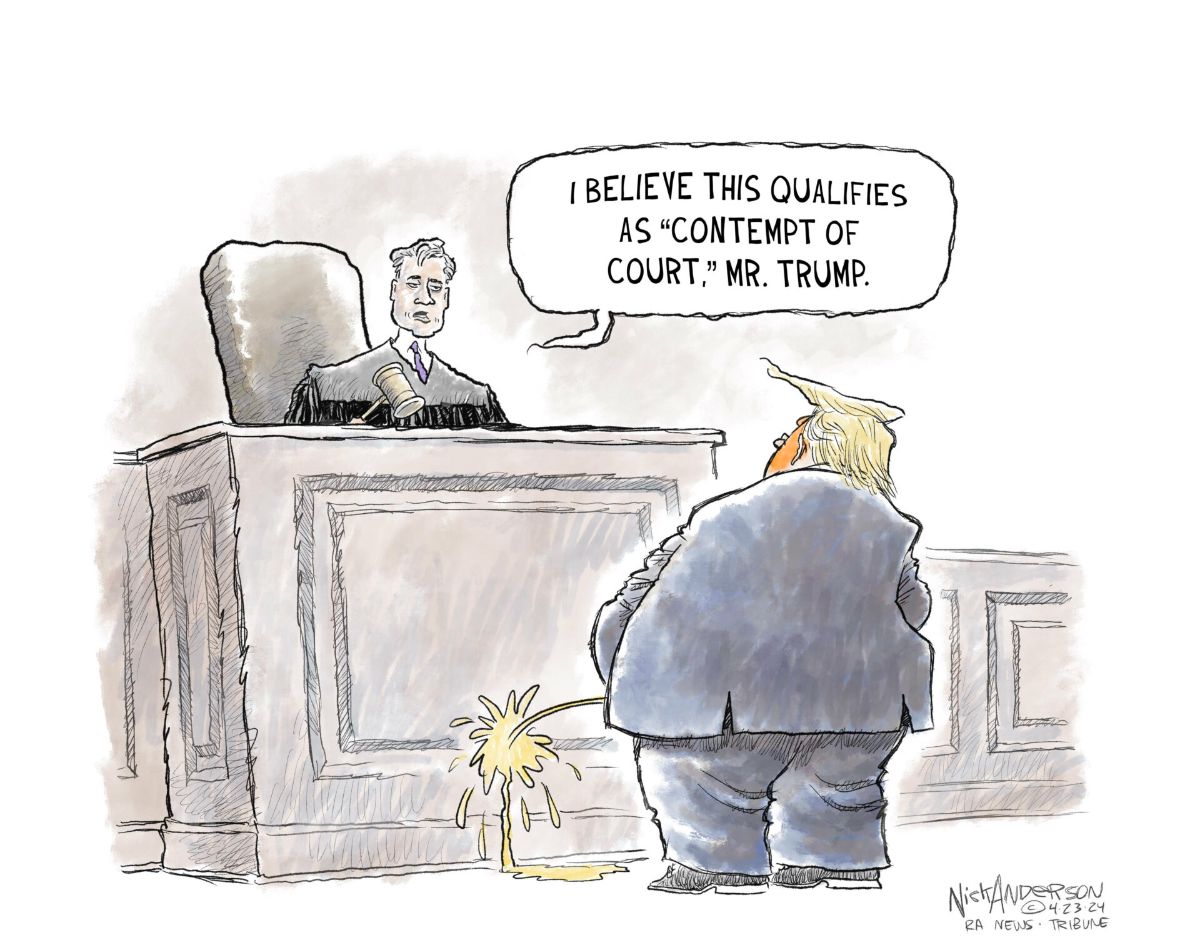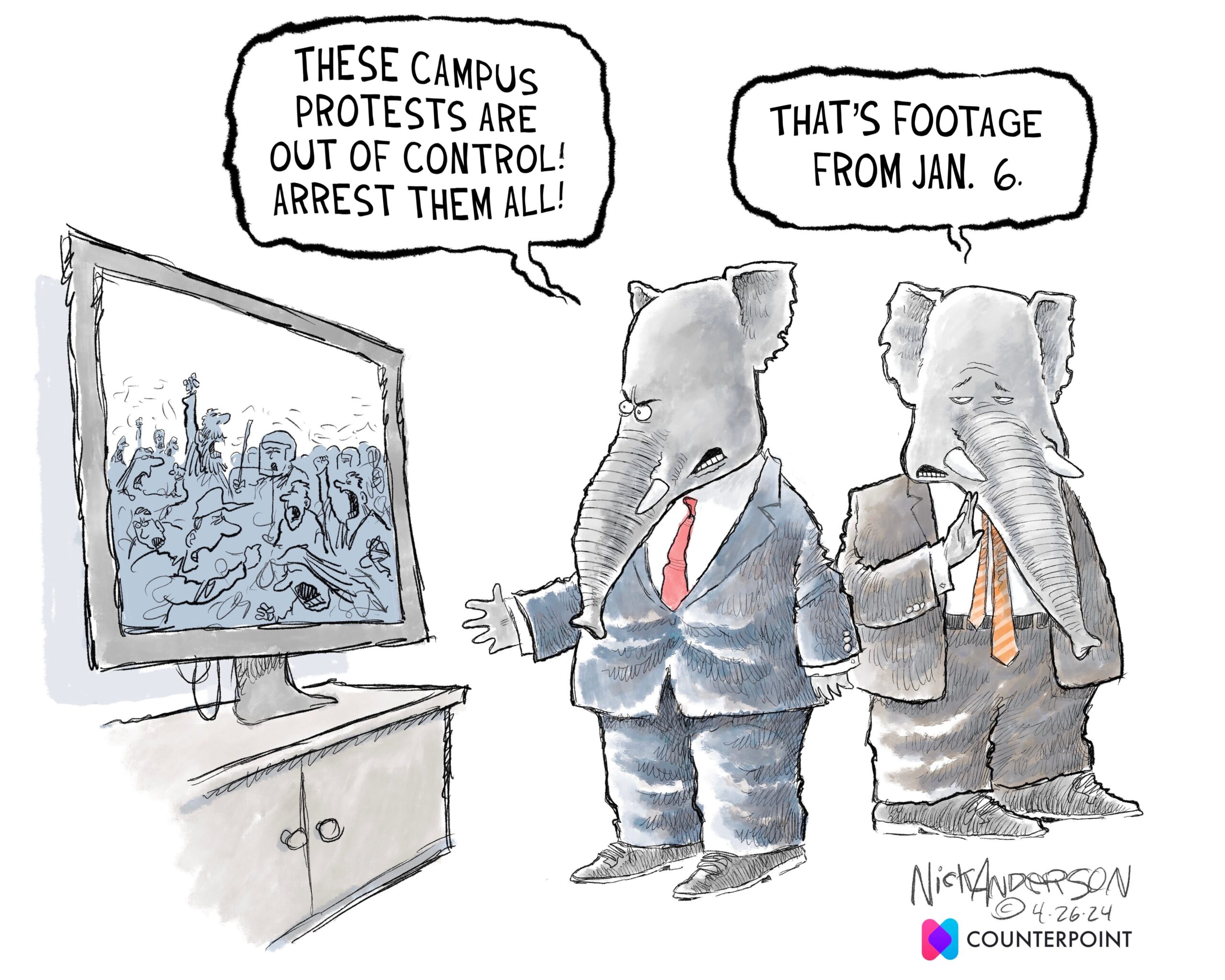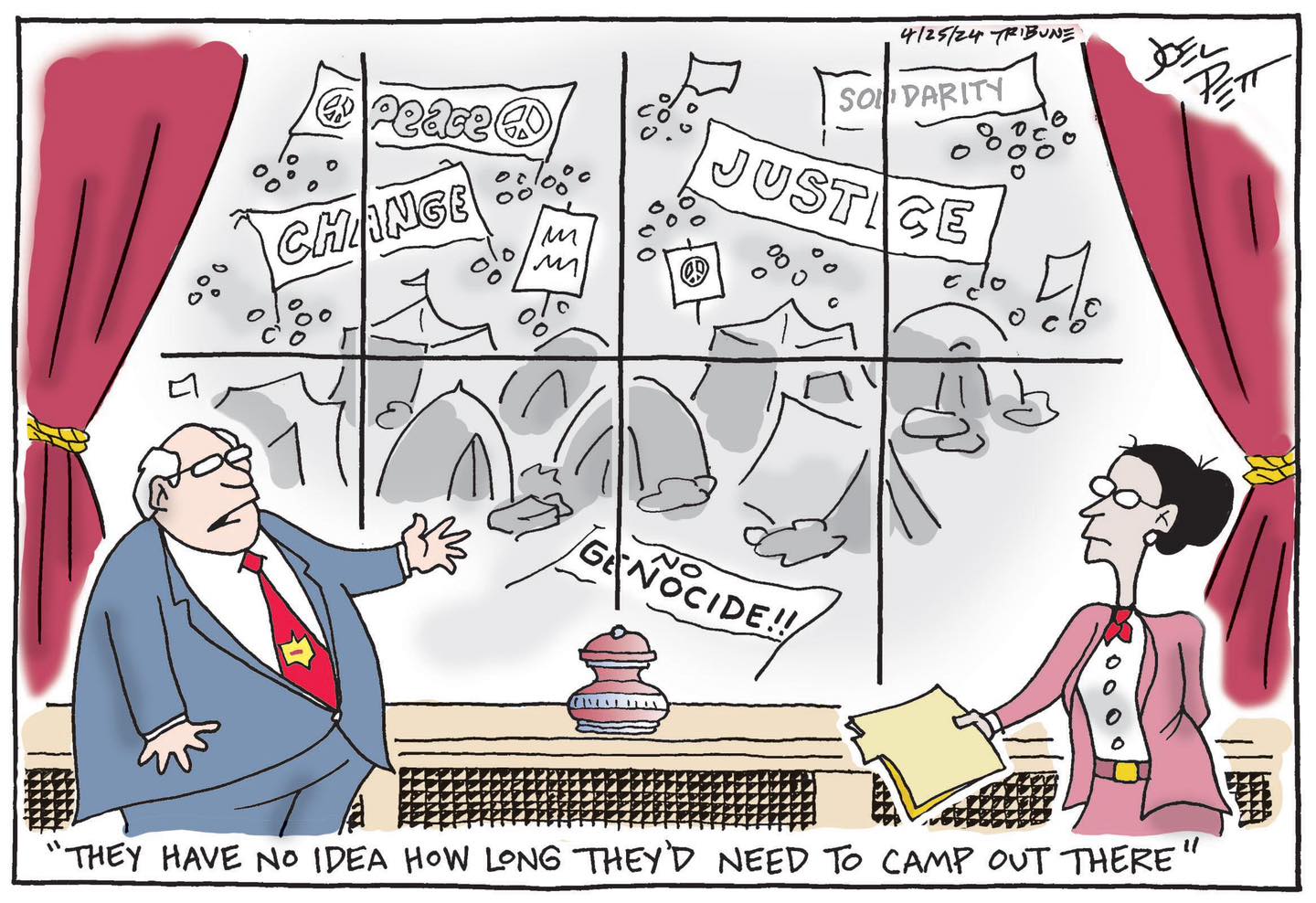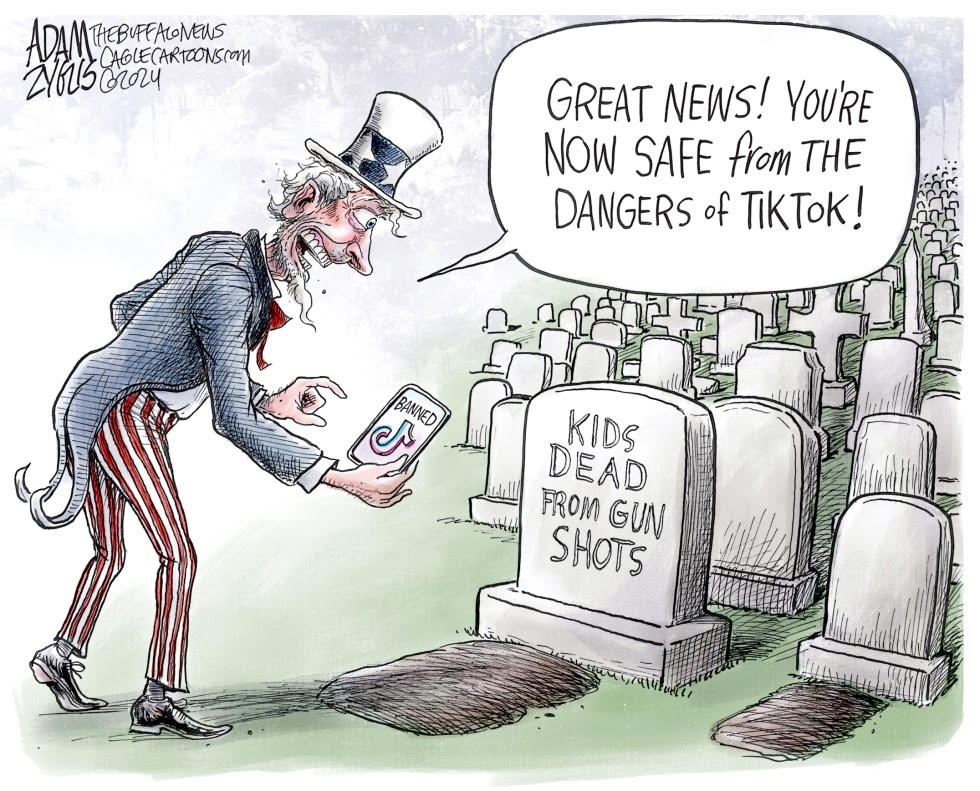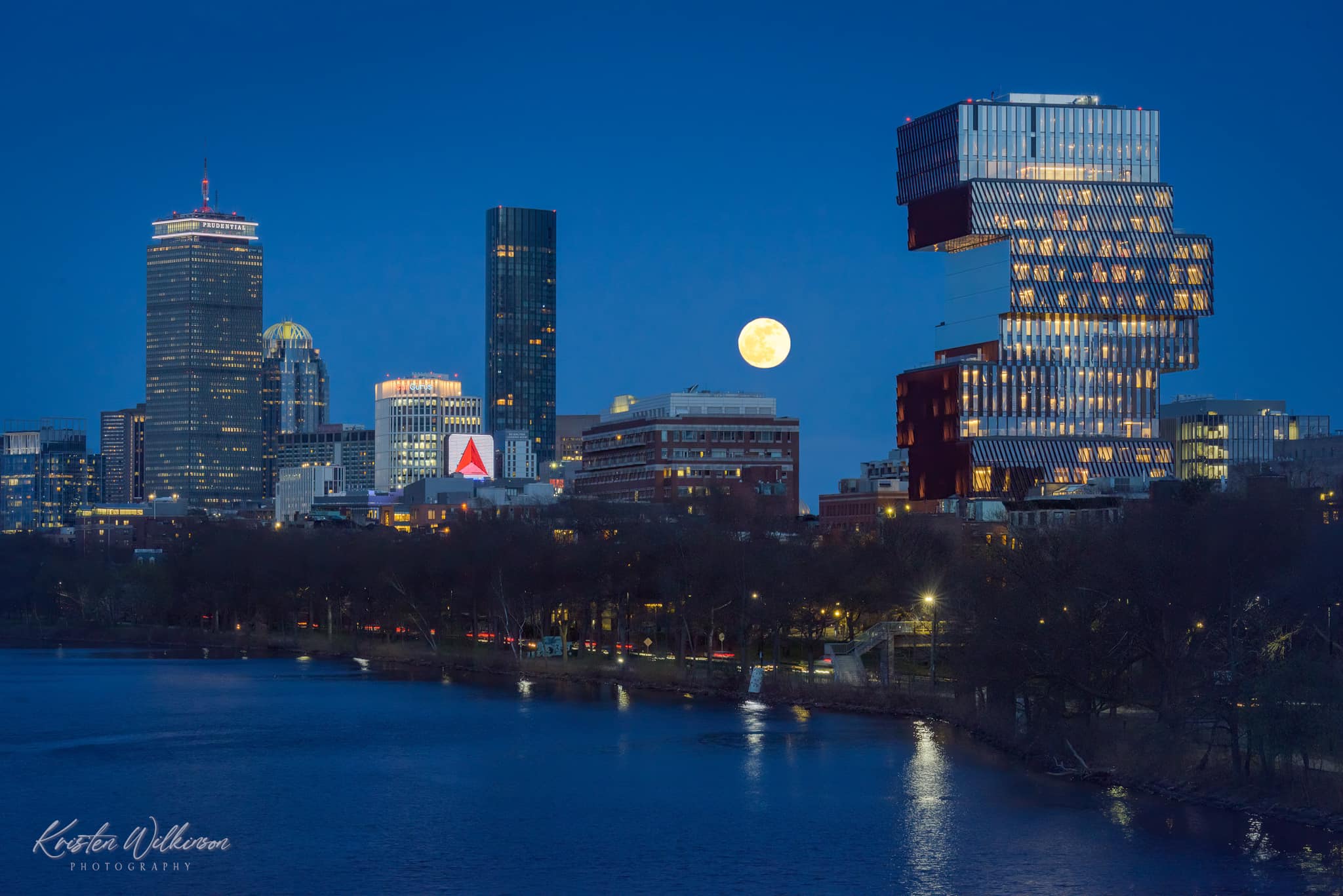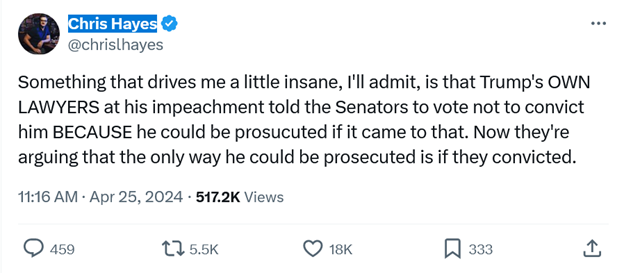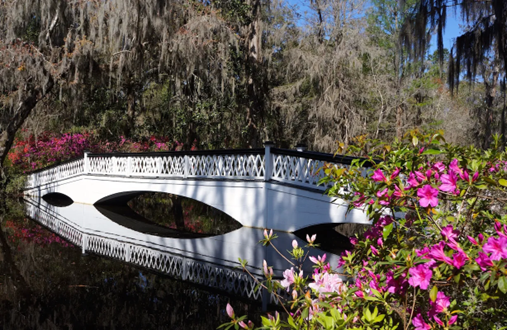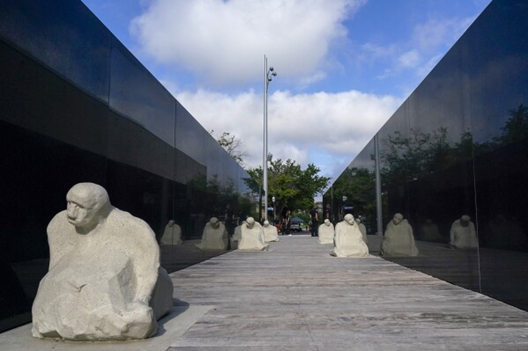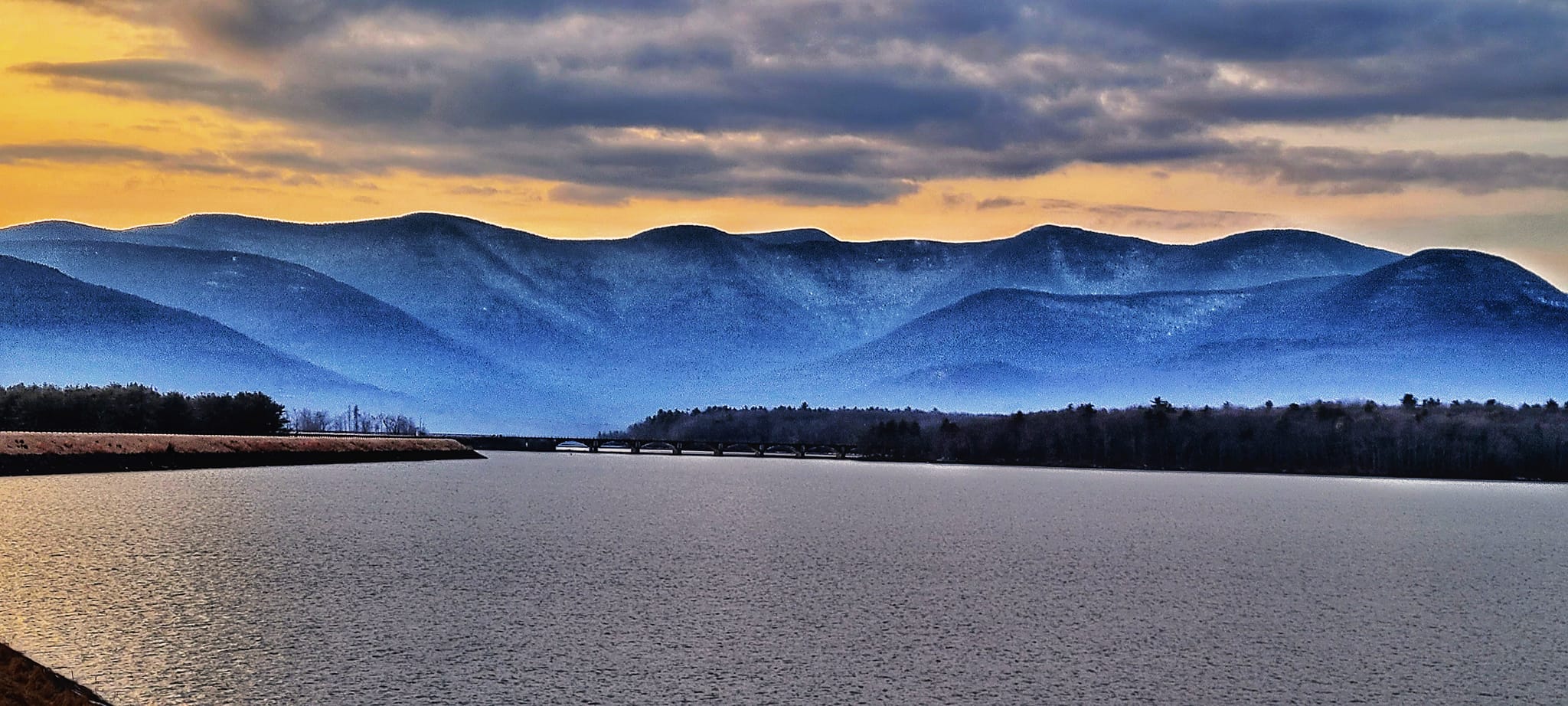The Daily Escape:
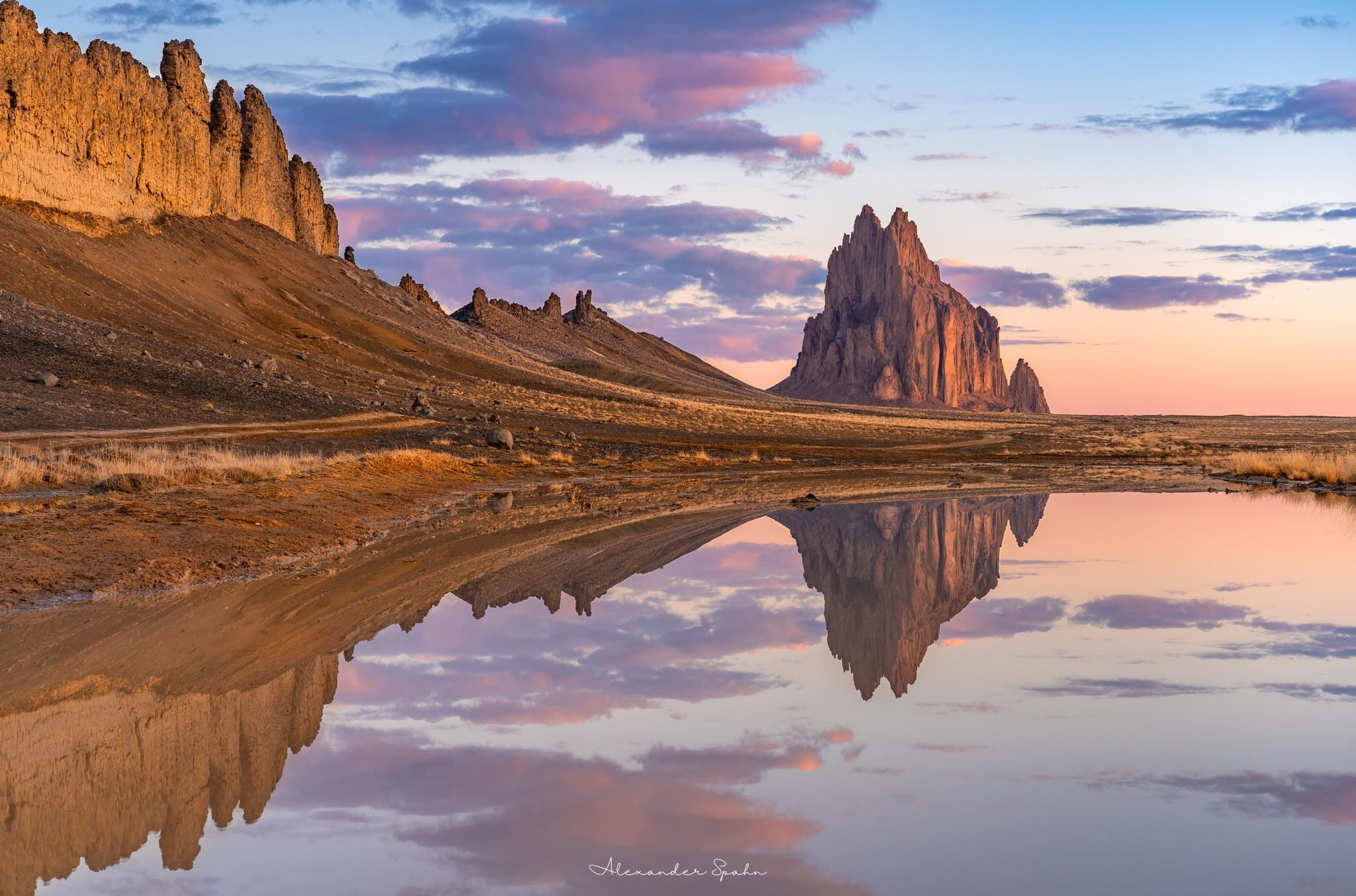
Shiprock reflection, Shiprock, NM – May 2024 photo by Alex Spahn
Hope that everyone had a relaxing Memorial Day break. Despite our relaxing, time continued to march forward. And now some pundits are saying that America has entered the stretch run to the November presidential election. To a large extent, they’re correct. There’s only four months until early voting begins.
And its not just Trump we should be worrying about. At the moment, the Senate’s electoral map for November is grim for Democrats. They are certain to lose West Virginia, and the nine most competitive Senate races feature eight Democratic incumbents and Ted Cruz. And despite having a great Democrat (Colin Allred) running against Cruz, Texas may be the least likely to flip of those nine seats. So the odds on that are as long as drawing to an inside straight.
This brings up just how stacked against Democrats our Constitutional Republic has become. Fifteen years from now, states with 30% of the nation’s population will control 70% of the Senate’s seats. And the Senate is a legislative body where you need 60% of the votes (with certain exceptions) to bring a bill to the floor.
The difficult Senate map for 2024 means it is more likely than not that we may be kissing goodbye to adding additional progressive justices to the Supreme Court for some time, since a Republican-controlled Senate is unlikely to ever confirm a Biden nominee. (That’s assuming Biden wins in the fall.)
And it’s become clear that the Supreme Court as currently constituted is completely unfriendly to making voting easy for the masses. And they’re doing that in support of the Republican agenda. As Mark Jacob reminds us:
“The court has made a series of key rulings in recent decades that have handed Republicans major advantages, including:
The Bush v. Gore decision to block a recount in Florida in 2000 and award George W. Bush the presidency
The Citizens United ruling of 2010 that was rocket fuel for the political influence of wealthy donors and corporations
A 2013 ruling written by Chief Justice John Roberts that gutted the Voting Rights Act and cleared the way for voter suppression laws
A 2019 pro-gerrymandering ruling also written by Roberts that let political parties draw election maps to their unfair advantage. (The court takes the position that it can strike down gerrymandering if it’s done for racially discriminatory reasons rather than partisan ones….”
Back in the day, we all wanted to believe that the Supreme Court was MOSTLY unbiased and above the political fray. We’re now painfully aware that this “pillar” of justice is simply a facade. Alito and Thomas are doing whatever they please.
Most recently, as Democracy Docket reported, the Supreme Court ruled that South Carolina’s congressional map is not a racial gerrymander, reversing a lower court decision that had earlier struck down the same map. That decision will result in worse representation for South Carolina’s Black voters. This is in stark contrast with a Louisiana district court’s decision in which the state’s white voters were able to get a racially compliant map struck down as a racial gerrymander, meaning that it too will now favor White representation for a Louisiana district.
This now means that the Supremes have kneecapped the ability of plaintiffs either to prove racial bias or to change gerrymandered districts on the basis of partisanship. Black voters are reaping what was sowed by Chief Justice John Roberts in his 2013 opinion gutting the Voting Rights Act. The president of the South Carolina NAACP, Brenda C. Murphy, said about Alito’s decision against South Carolina’s map:
“The Supreme Court has failed. The American people’s voting rights have taken another gut punch, and the future of democracy in South Carolina is dangling by a thread,”
As if this isn’t bad enough, Matt Cohen, also of Democracy Docket, reports on yet another Right-wing group organizing to disrupt the national election this fall. The group is called United Sovereign Americans (USA). They’re planning a series of lawsuits aimed at upending the voting process in a handful of states by claiming that non-citizens are voting in the federal election. Forget that there is nearly zero evidence for the claim, and that non-citizen voting is already forbidden by federal law.
In early March, United Sovereign Americans filed a lawsuit in Maryland challenging the state’s voter roll maintenance practices and other election procedures. The group says they plan to file similar lawsuits in at least nine states challenging election administration and voting laws. And although a federal judge tossed out the Maryland lawsuit, the group recently filed an appeal to the 4th US Circuit Court of Appeals.
The crux of USA’s argument is that inaccurate voter rolls lead to illegally cast votes, a civil rights violation because the US Constitution guarantees that right. The group’s claim is that when an election is marred by hundreds of thousands of illegal votes, it dilutes the power of lawful votes and violates the civil rights of US citizens.
This is a legal longshot. So the group is also building a grassroots movement that, much like in 2020 and 2022, is radicalizing a large group of people across the country to become election vigilantes. Their job is to swamp local election officials with false claims in an effort to derail current election policies in various states.
Finally, we turn to that bastion of democracy, Texas. The Texas Tribune reports that:
“Republican Party of Texas delegates voted Saturday on a platform that called for new laws to require the Bible to be taught in public schools and a constitutional amendment that would require statewide elected leaders to win the popular vote in a majority of Texas counties.
Other proposed planks of the 50-page platform included proclamations that “abortion is not healthcare it is homicide”; that gender-transition treatment for children is “child abuse”; calls to reverse recent name changes to military bases and “publicly honor the southern heroes”; support for declaring gold and silver as legal tender; and demands that the US government disclose “all pertinent information and knowledge” of UFOs.”
How is it that these Republicans are taken seriously as politicians in a state as diverse as Texas? Apparently, they don’t trust their ability to keep winning statewide elections, even if it’s hard to see when (or if) Texas may become a purple or blue state.
Trump has shown America that there really aren’t any political constraints. Add to that the removal by the Supremes of several of the real constraints we did enjoy. What’s left is that state political parties can do just about anything to keep themselves in power.
Texas shows that. State electoral colleges? Sure. Gerrymandering where you can lose 57-43 and still win? Sure. Make voting a pain in the ass for voters you don’t want to see vote? Sure.
With the rules as they are, there is little recourse. But if Dems say “Court Reform” every time they’re in front of a camera, in a few years, the message might start to gain adherents.

